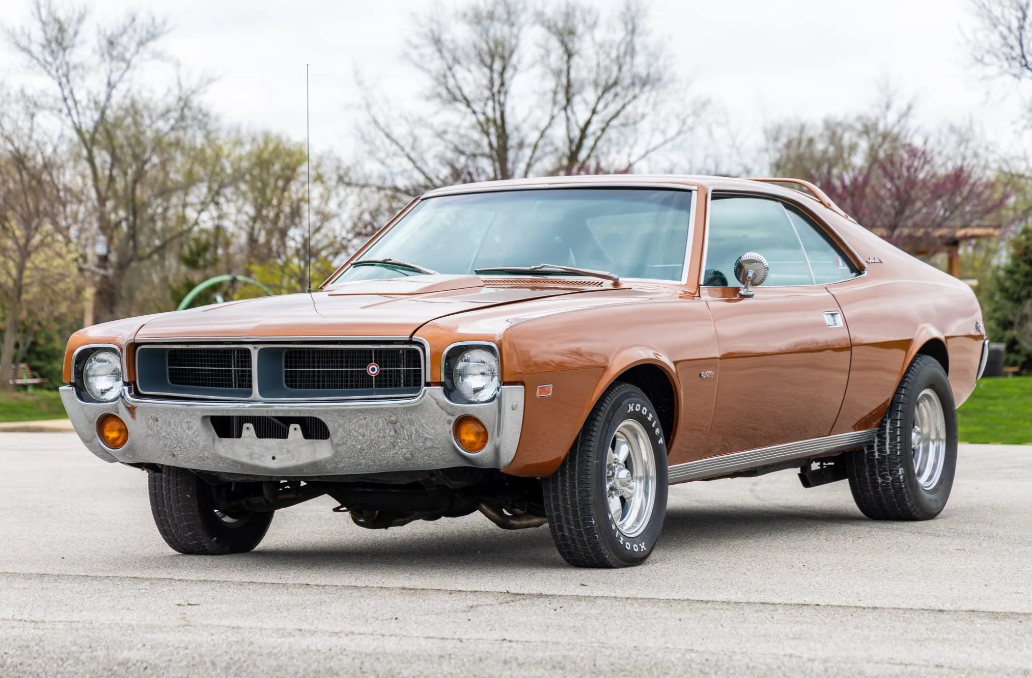The year 1955 marked the birth of an American automotive legend-the 1955 Ford Thunderbird. Designed to embody the spirit of the open road, this iconic two-seater convertible quickly captured the hearts of car enthusiasts and became a symbol of post-war optimism and style. In this article, we will take a nostalgic journey through the history, design, features, and enduring legacy of the 1955 Ford Thunderbird.
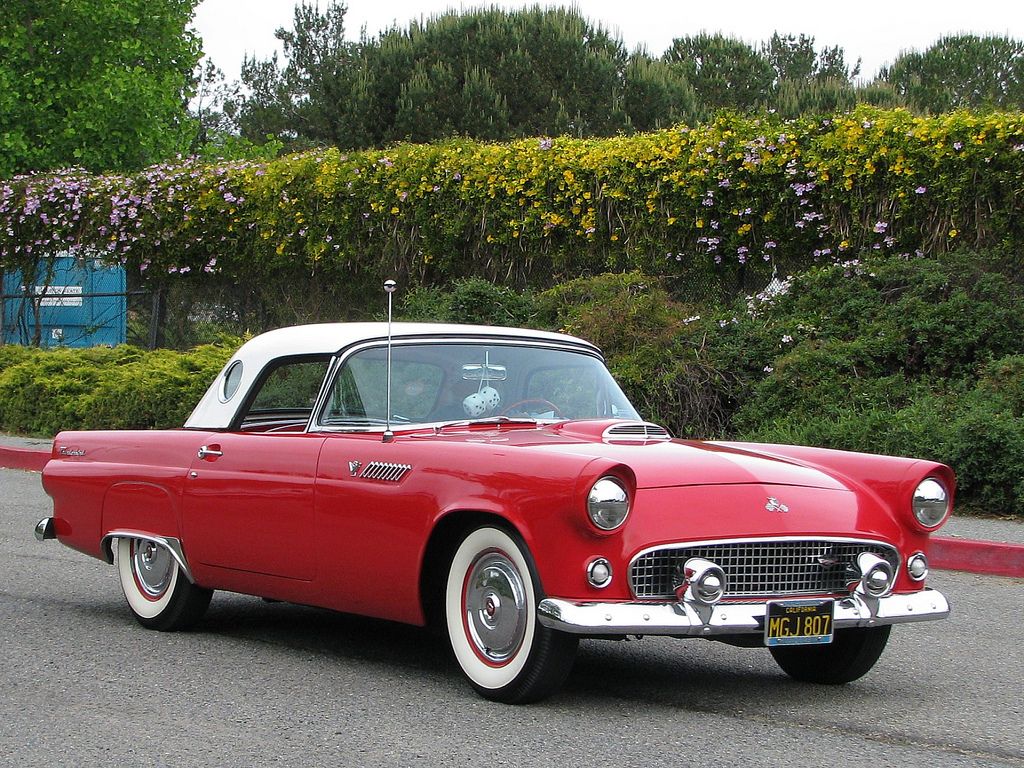
The Origins of the Ford Thunderbird
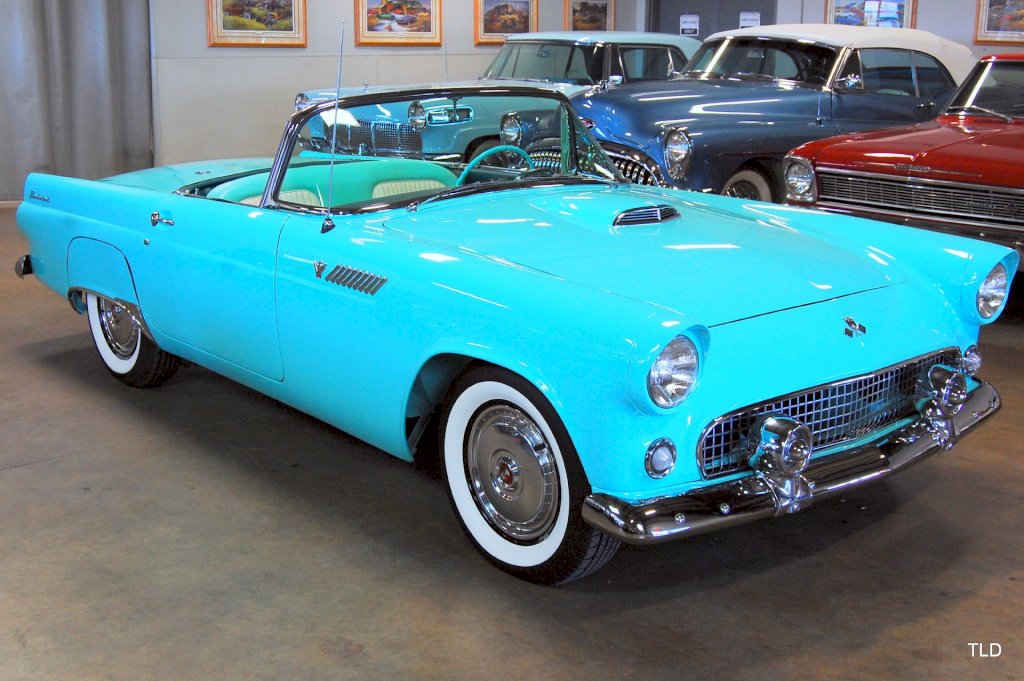
The idea for the Ford Thunderbird can be traced back to the early 1950s when Ford executives noticed the growing popularity of two-seat sports cars in the United States, particularly the Chevrolet Corvette. Ford's then-general manager, Lewis Crusoe, and chief stylist, George Walker, recognized an opportunity to create a similar car that would appeal to the American market.
The concept for the Thunderbird was conceived as a "personal car" that would combine the best elements of a sports car with the comfort and amenities of a luxury vehicle. The car was envisioned as a niche product that would target a specific segment of consumers who sought a stylish and high-performance vehicle for leisurely drives.
Design and Styling
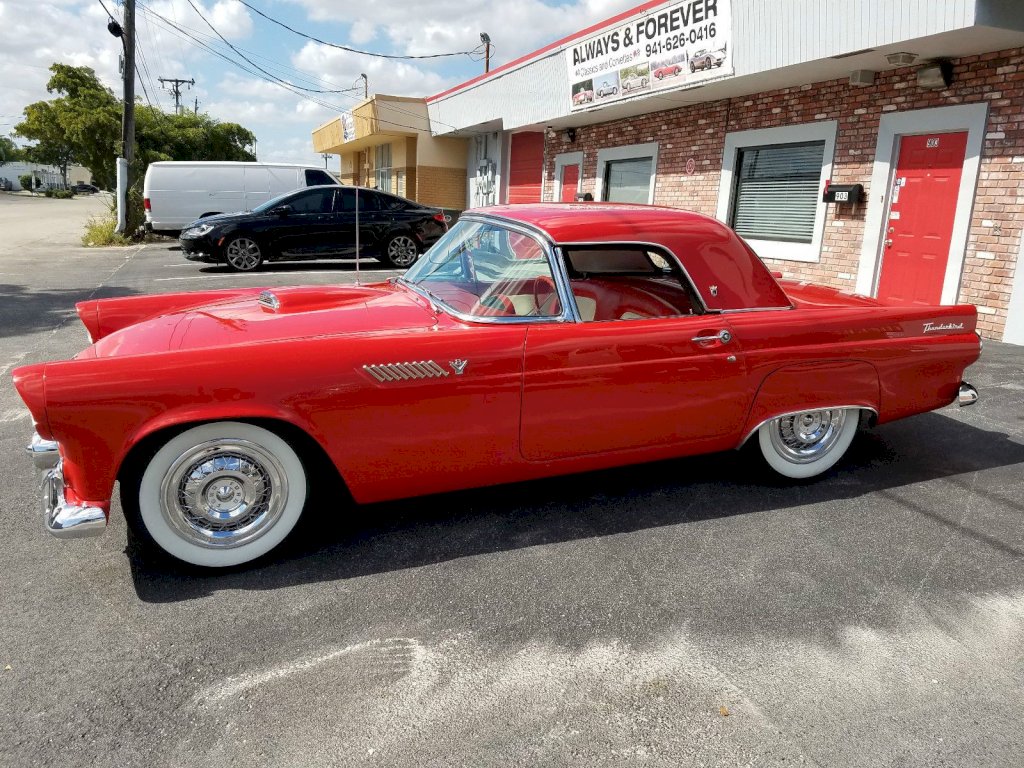
The design and styling of the 1955 Ford Thunderbird were the work of renowned Ford designer Frank Hershey. Drawing inspiration from European sports cars, Hershey sought to create a car that exuded both elegance and power.
The Thunderbird's exterior featured a sleek and streamlined profile, characterized by its prominent front grille, hood scoop, and round headlights. The car's long hood and short rear deck emphasized its sporty nature and contributed to its timeless and attractive silhouette.
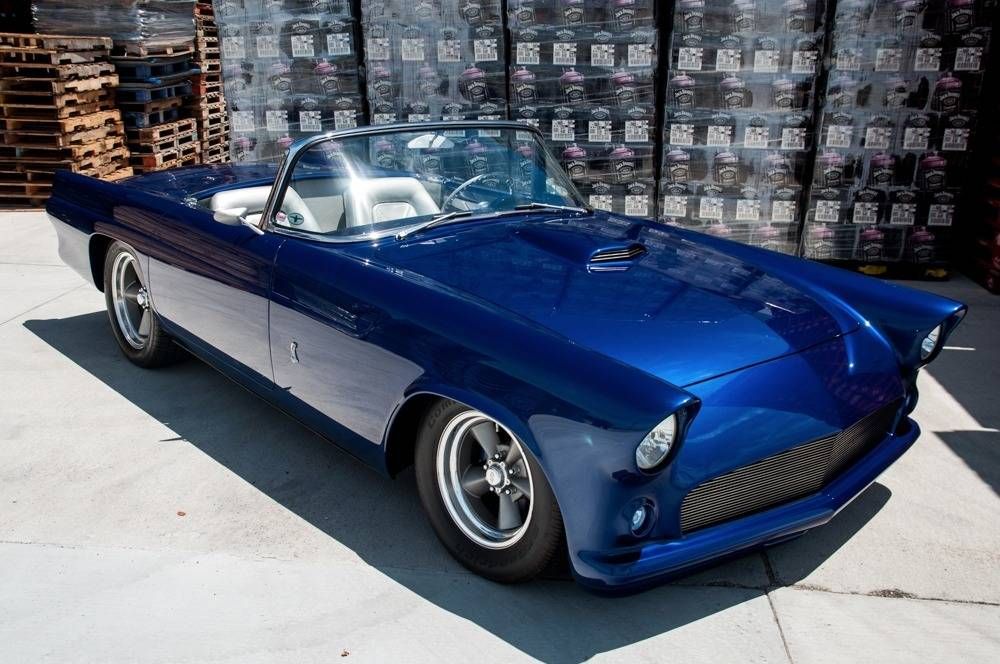
One of the Thunderbird's most distinctive design elements was its removable fiberglass hardtop. The car was initially conceived as a convertible, but the addition of the removable hardtop allowed owners to transform it into a sleek and weather-resistant coupe. This feature added versatility and further contributed to the car's appeal.
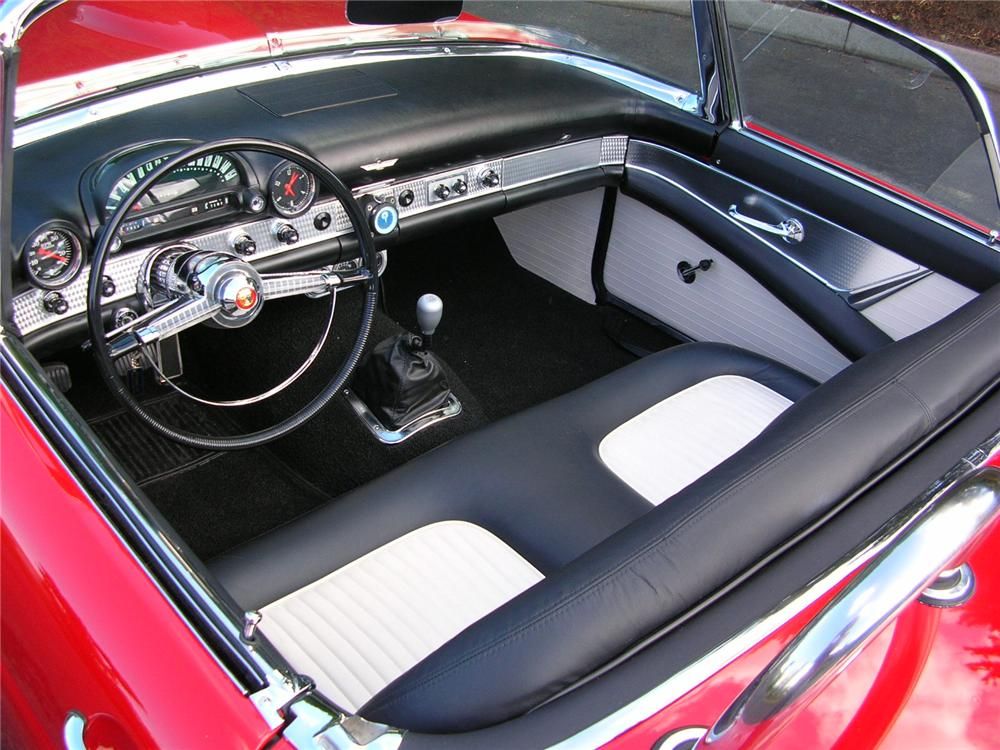
The Thunderbird's interior was equally luxurious and stylish. The two-passenger cockpit was adorned with high-quality materials and thoughtful details, creating a sense of elegance and comfort. The car's dashboard featured a symmetrical and straightforward design, housing essential gauges and controls within easy reach of the driver.
Powerful Performance

The 1955 Ford Thunderbird came equipped with a powerful 292-cubic-inch Y-block V8 engine. This engine produced 193 horsepower and 280 lb-ft of torque, providing the Thunderbird with impressive performance capabilities for its time.
The car's V8 engine was mated to a three-speed manual transmission as standard, with the option to upgrade to a Ford-O-Matic automatic transmission. This automatic transmission made the Thunderbird easy to drive and added to its appeal as a luxurious and comfortable roadster.
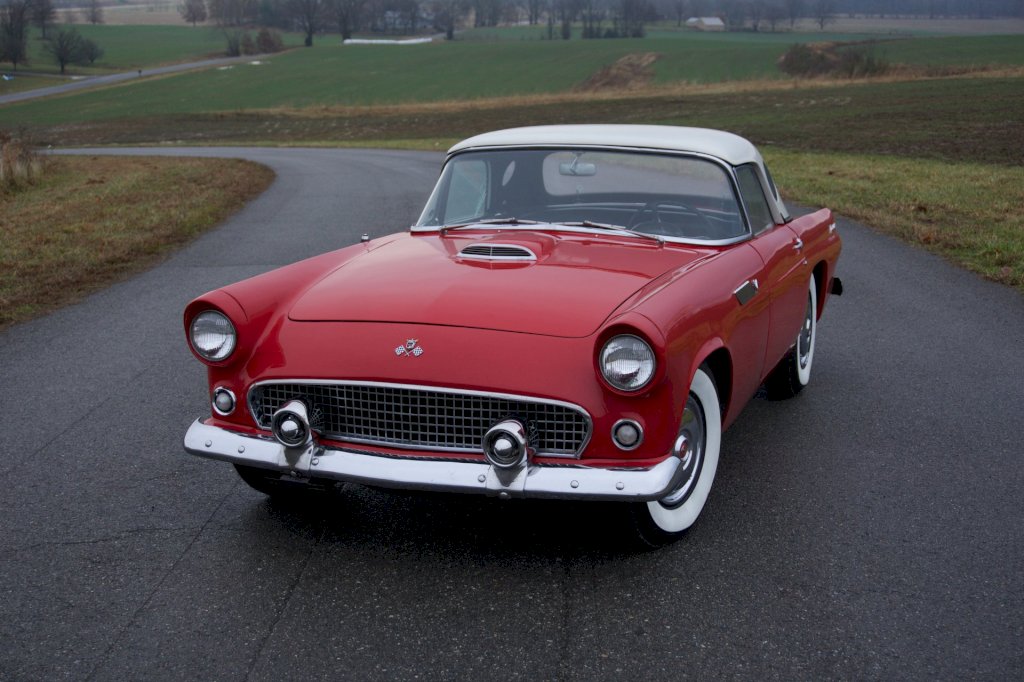
Driving the Thunderbird was a joy, thanks to its smooth power delivery and responsive handling. The car's lightweight construction and balanced weight distribution contributed to its nimble and enjoyable driving experience, making it equally adept at cruising along open highways or navigating winding country roads.
Instant Success and Enduring Legacy
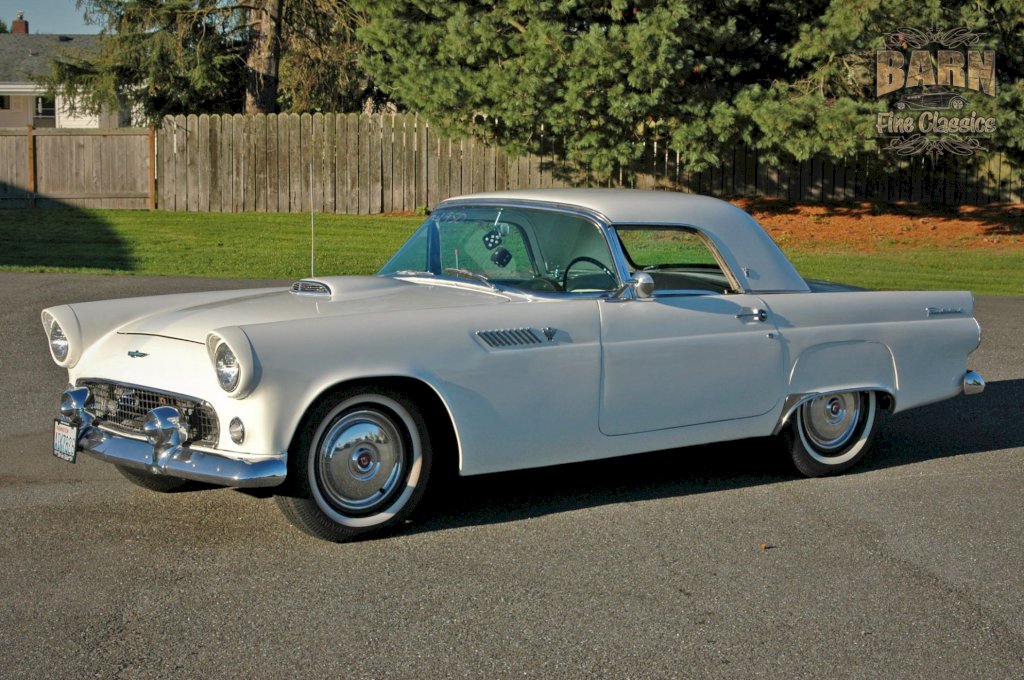
Upon its debut in 1955, the Ford Thunderbird became an instant success and captured the imagination of the American public. The car's combination of sporty performance, elegant design, and luxurious amenities resonated with consumers, who were eager to embrace the new concept of the "personal car."
The Thunderbird's sales success solidified its position as a niche product that catered to a specific segment of the market. Ford understood the importance of keeping the Thunderbird exclusive to maintain its image as a luxurious and aspirational vehicle.

In subsequent years, Ford continued to refine and improve the Thunderbird, adding more powerful engine options, enhancing its features, and updating its styling. The Thunderbird quickly became a symbol of American automotive innovation and style, capturing the spirit of the 1950s and 1960s.
In 1958, Ford introduced the second-generation Thunderbird, which featured a more substantial and elongated design. This new version of the Thunderbird was marketed as a "personal luxury car," further emphasizing its status as a stylish and comfortable vehicle.
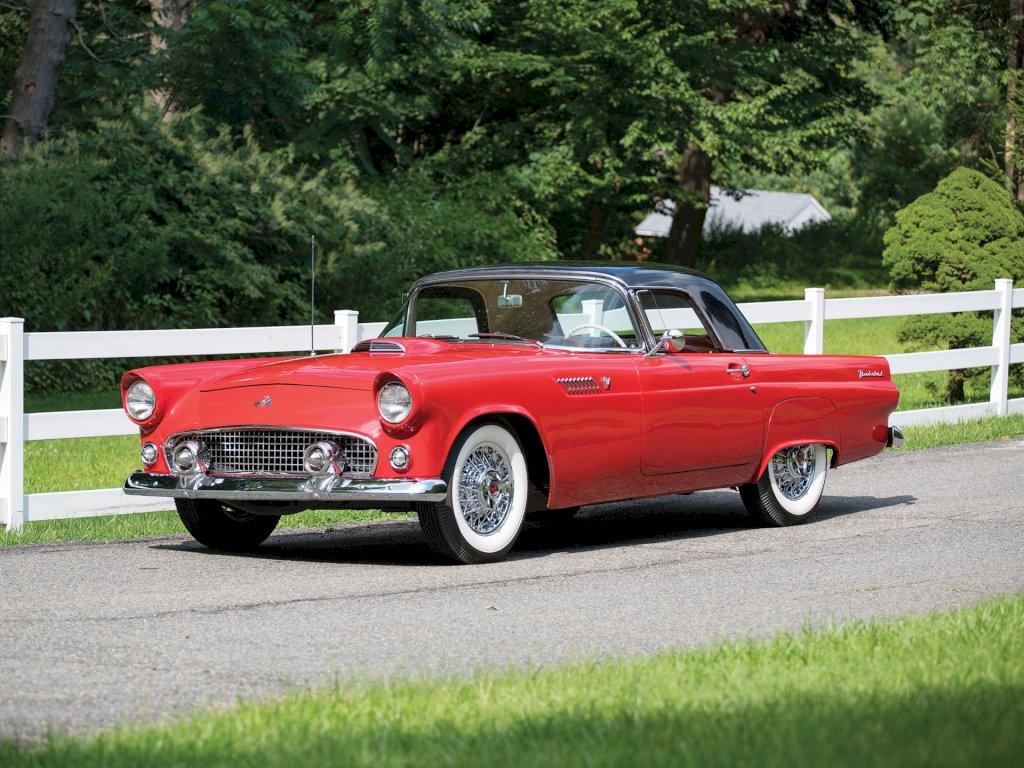
Throughout its production run, the Ford Thunderbird underwent several design changes and updates, reflecting the evolving tastes and preferences of consumers. Despite these changes, the Thunderbird's core identity as a stylish and luxurious two-seat roadster remained intact.
A Cultural Icon and Collectible Classic

Over the years, the Ford Thunderbird became a cultural icon and made appearances in various forms of media, including movies, television shows, and music. Its status as a symbol of American automotive style and innovation cemented its place in popular culture and contributed to its enduring legacy.
The Thunderbird's classic and timeless design has made it a highly sought-after collectible among car enthusiasts and collectors. Well-preserved examples of the 1955 Thunderbird command premium prices at auctions and private sales, showcasing its status as a valuable and cherished classic car.
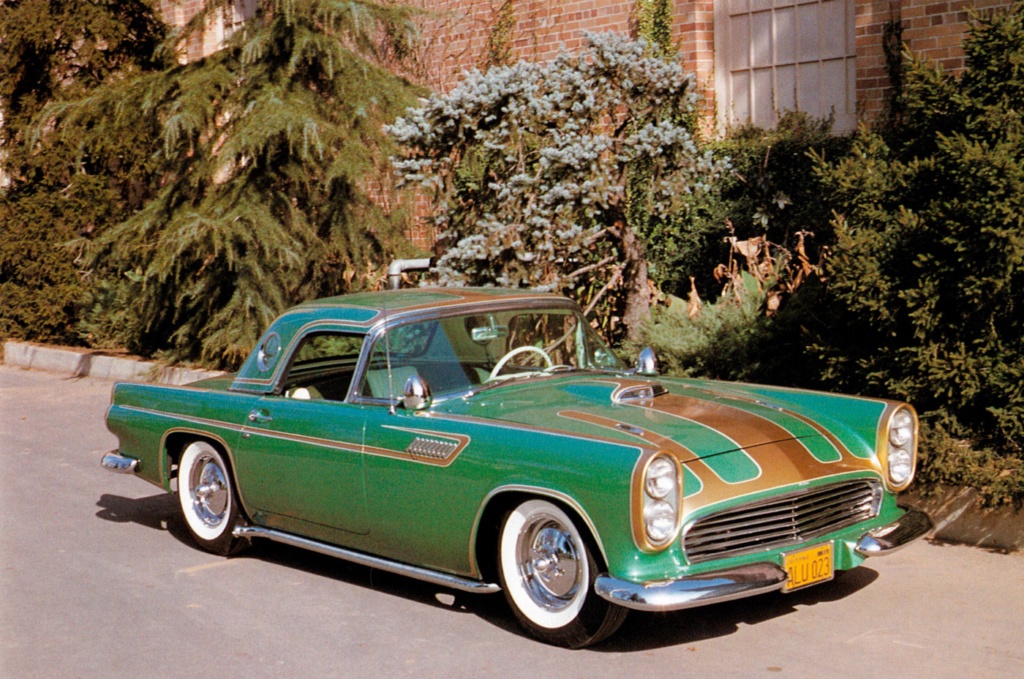
Many Thunderbird owners and enthusiasts participate in car clubs and events dedicated to celebrating and preserving the car's rich history. These gatherings allow enthusiasts to showcase their Thunderbirds, exchange knowledge, and share their passion for the iconic vehicle.
Conclusion
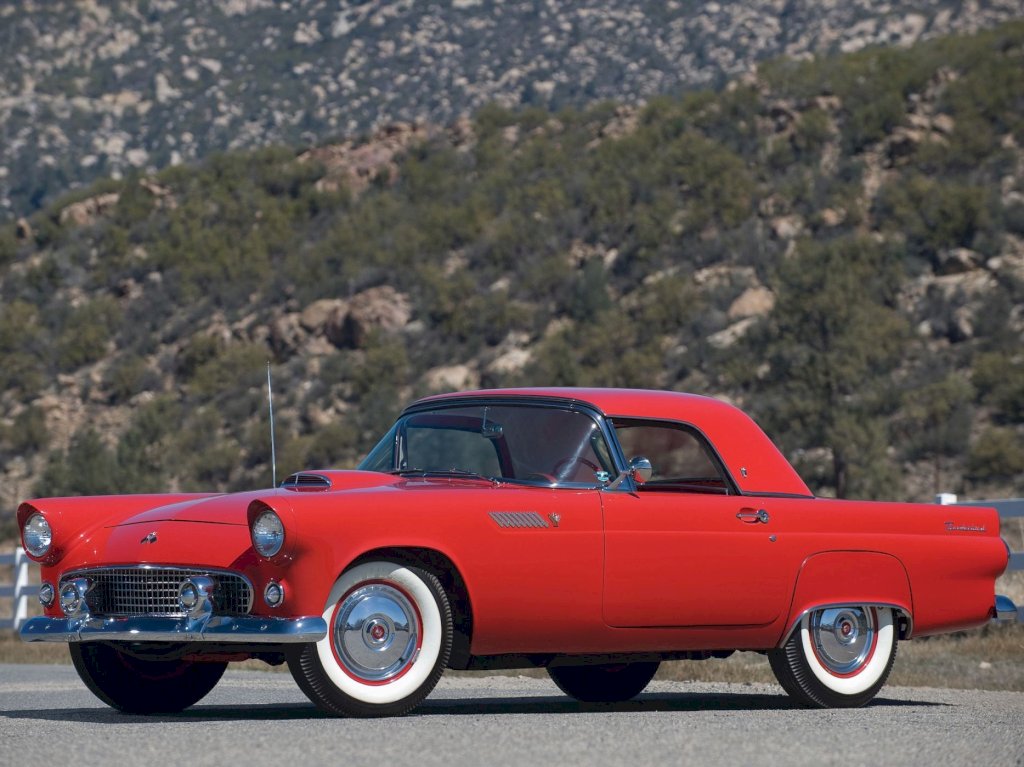
The 1955 Ford Thunderbird remains a timeless and iconic car that continues to captivate automotive enthusiasts and collectors alike. Its combination of elegant design, powerful performance, and luxurious amenities set it apart as a groundbreaking "personal car" that redefined American automotive culture.
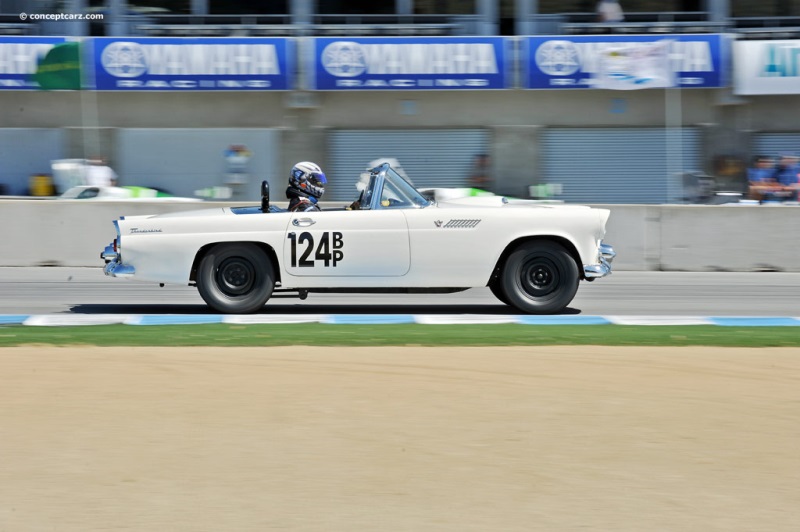
The Thunderbird's enduring legacy is a testament to its enduring appeal and significance in American automotive history. As a symbol of style, innovation, and aspiration, the 1955 Ford Thunderbird will forever hold a cherished place in the hearts of car enthusiasts and continue to inspire future generations of automotive design and engineering. Whether on display at car shows or cruising along open roads, the Thunderbird will forever be celebrated as a classic icon of American automotive excellence.
